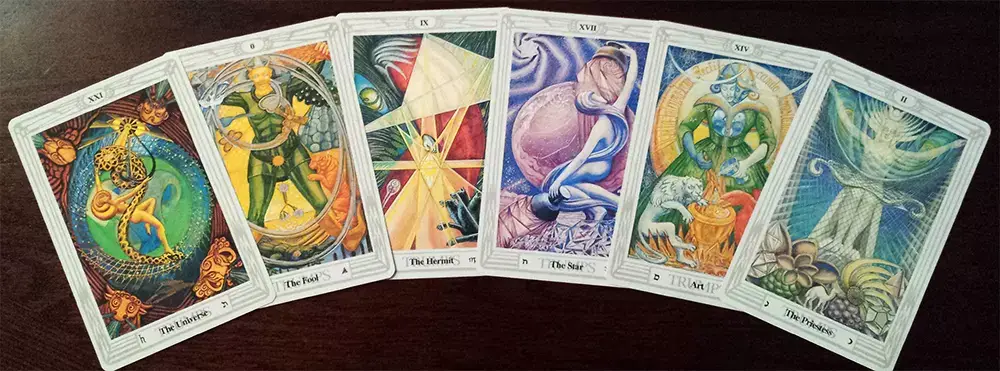Journeys Into Tarot

I originally published the Journeys Into Tarot series on Facebook from August 2015 through June 2016. As I re-posted each entry on Visionary Roads a year later, I edited it to some degree; however, the majority of content and overall feel remained intact. Those reflections are now integrated into the entries for each card on this site in the sections labeled "Synopsis" and "Poiesis". In a sense, the information on this site is Version Three (v3) of the ongoing project. Below is the introduction to the previous version (with a few edits and updates), and sheds some light on the development of the current pages.
This is a series of short essays I completed over the course of an 11-month study of the Major Arcana of modern Anglo-American tarot; that is, tarot structured and associated with astrological/elemental/kabbalistic qualities as it was used by the Hermetic Order of the Golden Dawn and its derivatives starting in the late 19th century. This tradition is typified by the Thoth and Waite-Smith decks, which the vast majority of modern decks are structured upon. The impetus for this endeavor was simultaneously a desire for deep personal study as well as a way to provide a structure and focus to help me begin writing on a regular basis again. After being away from writing for several years I wanted to pick a subject that inspired a great deal of passion to fuel the process. It was an extraordinary journey and one that was incredibly fruitful: When I completed the last entry The Fool, a new internal door was opened and my study of tarot—and visionary experience in general—deepened even more.
In this study I would go into vision with the card in question and see how the personality of the card presented itself and how it permeated daily life. For those not familiar with this sort of process, I would hold the “image” of the card in my imagination and invite associations and information to appear both internally as imaginal sensations as well as how it manifested in the sensory “outer” world around me. Even though I use the words “image” and “vision” because of the predisposition of language toward sight, these terms extend to all manner of sensory perception and representation–an image can just as well be a sound or voice, bodily sensation or taste. In this way, “images” can be seen as bridges between the inner and outer, between the seen and unseen: They give form for the outer to communicate with deep structures of the psyche and other worlds unseen, and give a method for these inner worlds to make themselves known to the individual and the outer world. This is the basic premise behind much of the writing on this website Visionary Roads.
Every two to three weeks I translated my experience with a particular tarot image through composing a poem, as well as through prose. This allowed the sometimes powerful yet ambiguous experiences some leeway in expression. All of the approaches discussed in my essay A Few Ways of Working with Tarot are present to varying degrees. I chose the Thoth tarot (pictured in each of the entries) as it was the deck I was working the most with when I began the study. While the elemental and astrological attributions used by the Golden Dawn did make themselves known as a felt quality, the actual images and personalities I encountered were sometimes quite different than the portrayals by Lady Frieda Harris in the Thoth deck or any deck that I have seen. This leads me to postulate that there is something of the “spirit” of the Major Arcana that is independent of the represented images of any deck that can be accessed through the structure of the 22 trumps and how they relate to one another. The Golden Dawn (and other esoteric) attributions seem to be attempts to make that structure coherent and workable.
[Note from 2019: My understanding is a bit more nuanced now. While I do feel that there is a spirit or information structure associated with each card, I feel that these have been created to access even more abstract or distant sources of knowledge. That is, I don't think the Major Arcana existed as something of an eternal Platonic Form from which the cards are derived as a reflection or representation, rather I think the cards are ways to filter more transcendental or cosmic forces into a humanly relatable form and are created in our image (with inspiration and assistance from the more abstract powers). With time and attention, the structure of tarot has helped create information filters and patterns, and so have a kind of independence. However, the images are intermediaries rather than the thing in itself.]
As for ordering, the trumps were explored in an organic and natural way: As they appeared in my life and/or readings I would use that as the signal to use that image as the focus for the next entry. For those curious, the order in which the series appeared was:
XIII, II, XVII, III, IV, XIX, XVIII, XII, XIV, IX, XVI, XV, X, V, VIII, XI, XX, VI, VII, I, XXI, 0

